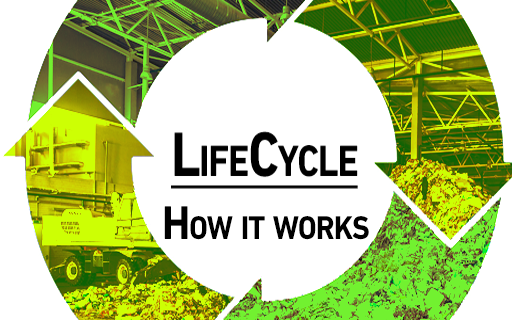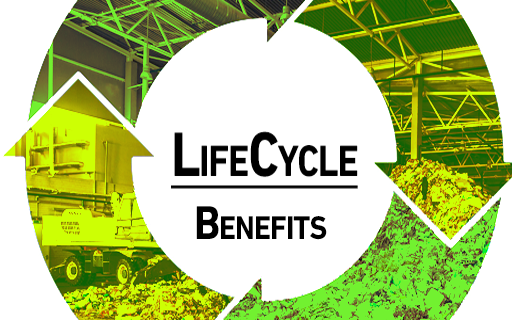You may have heard of them in the news; they are where you get big blocks of fat blocking the underground sewer networks. What you may not know is that they don’t come about from just oil and grease, but from hygiene waste products such as wet wipes, nappies and other such sanitary products.
One recent fatberg in a sleepy Devon town spanned the length of six double-decker buses. It will take at least eight weeks to clear — all to the cost of the taxpayer and local communities. As a business, you should have the appropriate facilities in place to contain and dispose of these sanitary products, despite this, you probably find yourself in a common dilemma.
While you take care to keep your employees’ sanitation needs in mind, the rising cost of waste going to the landfill must be driving you crazy. The rates are expected to rise even more so over the next few years.
Lifecycle provides a bridge between dealing with hygiene waste and reducing the cost of waste going to the landfill.
How Does Lifecycle Work?
Lifecycle is a new service we’ve partnered up with the ensure small businesses get the best and most eco-friendly, waste treatment plan. Lifecycle involves the following process:
- Gathering and collecting the materials.
- Shred all the wet products to break them down into separate components.
- Compress them to remove any liquid.
- Remove contaminated parts, and the rest of the waste gets chemically treated.
- Bales of the treated waste are then used to provide RDF (Refuse Derived Fuel)
RDF can produce electricity and heat for homes and businesses, often used alongside traditional sources of fuel. Using non-recyclable waste as a fuel also helps us to reduce our reliance on conventional fossil fuels such as coal.
Now, other providers on the market, offer sustainable ways to deal with your waste. However, the only ways to deal with it so far is either burning wet waste which ends up being expensive because more energy is needed to heat it before it can burn. The other option is to send it to landfill, which as you know is getting more and more expensive. Here’s where the benefits of lifecycle shine.
The Benefits Of Using LifeCycle
Disposing of hygiene waste has been expensive and environmentally unfriendly until lifecycle came along. Through a patented process, waste that would face incineration or the landfill is instead made dry enough to recover energy within the form of RDF.
The environmental impact is far more beneficial this way, with hygiene and sanitation waste finally able to enter into the circular economy. Think of a future with fewer fatbergs and the UK with a reduced carbon footprint; Thanks in part to business like yourselves setting the standard and hitting those environmental targets.
When it comes to lifecycle, your business will benefit. Not only will your waste not end up in the landfill, bringing you reduced waste charges; your business will be keeping in line with corporate social responsibility by reducing the impact on our environment.
Sort out your hygiene waste today by signing up to a better tomorrow with LifeCycle.
Back



